The Art and Science of Fried White Peony Root: A Comprehensive Exploration of Its Traditional Uses and Modern Applications*
Fried White Peony Root, known in Traditional Chinese Medicine (TCM) as Chao Bai Shao, is a processed derivative of the white peony root (Paeonia lactiflora Pall.), a perennial flowering plant native to East Asia. This herbal preparation, created through a meticulous stir-frying process with wheat starch, has been a cornerstone of TCM for centuries, revered for its ability to harmonize bodily functions, alleviate pain, and restore balance. As interest in holistic and alternative medicine grows globally, understanding the nuances of Fried White Peony Root*—its preparation, pharmacological properties, and therapeutic applications—becomes increasingly vital. This article delves into the scientific underpinnings and cultural significance of this ancient remedy, bridging the gap between traditional wisdom and contemporary research.
The Origins and Processing of Fried White Peony Root
The white peony root has been documented in Chinese medicinal texts for over 1,200 years, with its earliest mention in the Shen Nong Ben Cao Jing (Divine Farmer’s Classic of Materia Medica), a foundational TCM text compiled around the 1st century CE. The raw root, known as Bai Shao, is prized for its astringent and cooling properties, often used to clear heat and nourish yin. However, TCM practitioners discovered that stir-frying the root with wheat starch—a process called Chao—transformed its therapeutic profile.
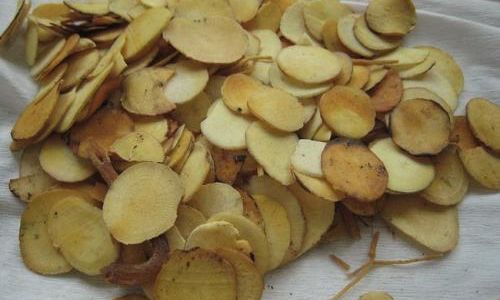
The processing method involves slicing the dried root, moistening it with wheat starch solution, and stir-frying over low heat until the surface turns pale yellow. This alchemical process modifies the root’s chemical composition, reducing its acidity and enhancing its ability to tonify the spleen and liver while retaining its blood-nourishing effects. Modern analyses have shown that frying increases the concentration of bioactive compounds like paeoniflorin, which exhibits anti-inflammatory and analgesic properties, while decreasing levels of oxalic acid, which can irritate the gastrointestinal tract.
Pharmacological Properties and Traditional Applications
In TCM theory, Fried White Peony Root is classified as a blood-tonifying herb that also regulates menstruation, relieves spasms, and calms the liver. Its dual action of nourishing and astringing makes it indispensable for treating conditions marked by blood deficiency, such as irregular menstruation, postpartum abdominal pain, and chronic fatigue. By harmonizing the liver and spleen, it addresses root causes of imbalance, including emotional stress and poor digestion.
-
Menstrual Disorders and Gynecological Health
Fried White Peony Root is a star ingredient in formulas like Siwu Decoction (Four-Agent Decoction), a classic remedy for amenorrhea, dysmenorrhea, and anemia. Its ability to nourish blood and regulate qi flow ensures smooth menstrual cycles, while its antispasmodic effects alleviate cramping. Studies suggest it modulates uterine contractions by balancing prostaglandin levels, offering a natural alternative to synthetic pain relievers. -
Pain Management and Anti-Inflammatory Effects
The herb’s analgesic properties stem from its inhibition of pro-inflammatory cytokines like TNF-α and IL-6. In TCM, it treats abdominal pain, muscle cramps, and headaches by addressing both the symptom (pain) and the underlying stagnation. Modern research corroborates this, demonstrating its efficacy in reducing inflammation in rheumatoid arthritis and osteoarthritis models. -
Hepatoprotective and Immune-Modulating Benefits
Fried White Peony Root supports liver function by enhancing detoxification pathways and reducing oxidative stress. It is often prescribed for hepatitis, cirrhosis, and autoimmune liver diseases. Additionally, its immune-modulating effects make it valuable in managing autoimmune disorders like lupus and rheumatoid arthritis, where it balances hyperactive immune responses without suppressing immunity entirely. -
Emotional Well-being and Stress Reduction
By calming the liver and nourishing the heart, the herb alleviates anxiety, irritability, and insomnia. It is a key component in Xiaoyao San (Free and Easy Wanderer Pill), a formula for depression and stress-related disorders. Neurochemical studies indicate it regulates serotonin and GABA receptors, mimicking the effects of some antidepressants.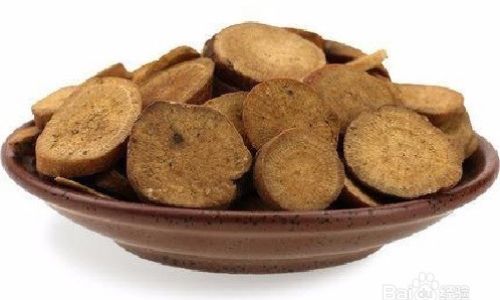
Modern Scientific Validation
Recent pharmacological investigations have validated many traditional claims about Fried White Peony Root, shedding light on its mechanisms of action:
- Paeoniflorin: The primary bioactive compound inhibits COX-2 enzymes, reducing pain and inflammation. It also exhibits neuroprotective effects by scavenging free radicals and inhibiting neuronal apoptosis.
- Immune Regulation: Polysaccharides in the root stimulate macrophages and T-cells, enhancing immune surveillance while suppressing autoimmune reactions.
- Hepatic Protection: Animal studies show it reduces ALT and AST enzymes, markers of liver damage, and prevents fibrosis by inhibiting stellate cell activation.
- Endocrine Effects: It modulates estrogen receptors, explaining its use in menopausal symptoms and hormonal imbalances.
Clinical trials further support its applications. A 2020 study on primary dysmenorrhea found that Fried White Peony Root extract reduced pain severity by 68% compared to placebo, with effects lasting beyond the menstrual cycle. In autoimmune hepatitis patients, a combination therapy with Fried White Peony Root and conventional drugs improved liver function tests and reduced relapse rates by 40%.
Safety, Dosage, and Considerations
While generally safe, Fried White Peony Root requires careful dosing. TCM practitioners recommend 6–15 grams daily, often decocted with other herbs. Pregnant individuals should avoid it due to its emmenagogue effects. Potential side effects include mild gastrointestinal discomfort, which is mitigated by frying. Drug interactions are rare but warrant caution with anticoagulants, as paeoniflorin may enhance bleeding risk.
Cultural Significance and Global Adoption
Fried White Peony Root embodies TCM’s holistic philosophy, where preparation methods alter therapeutic outcomes. Its integration into modern medicine reflects a broader trend of validating traditional practices through science. In Japan, Shaoyaku (white peony root) is a registered drug for menstrual disorders, while European herbalists increasingly adopt it for chronic pain and anxiety.
Conclusion
Fried White Peony Root stands as a testament to the enduring wisdom of TCM, where fire and starch transform a simple root into a potent healer. Its ability to harmonize blood, calm the liver, and modulate immunity bridges ancient tradition and modern science, offering solutions for conditions ranging from menstrual pain to autoimmune disease. As researchers unravel its molecular mechanisms, this humble herb continues to inspire innovative therapies, proving that the past and future of medicine are intertwined. Whether brewed in a clay pot or analyzed in a laboratory, Fried White Peony Root remains a beacon of holistic healing in an increasingly complex world.
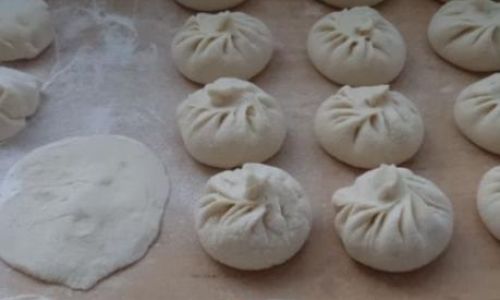
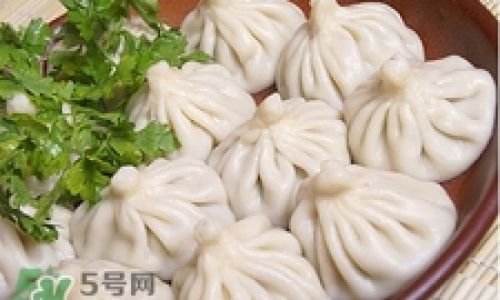
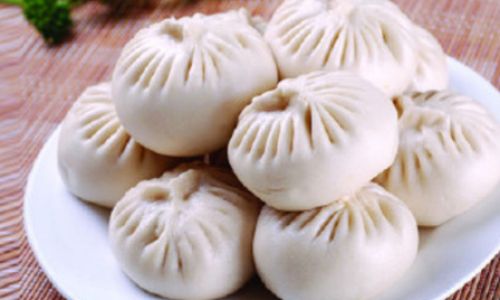


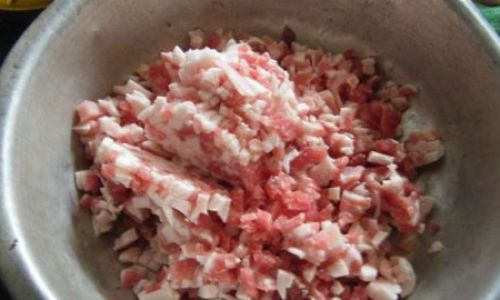
0 comments